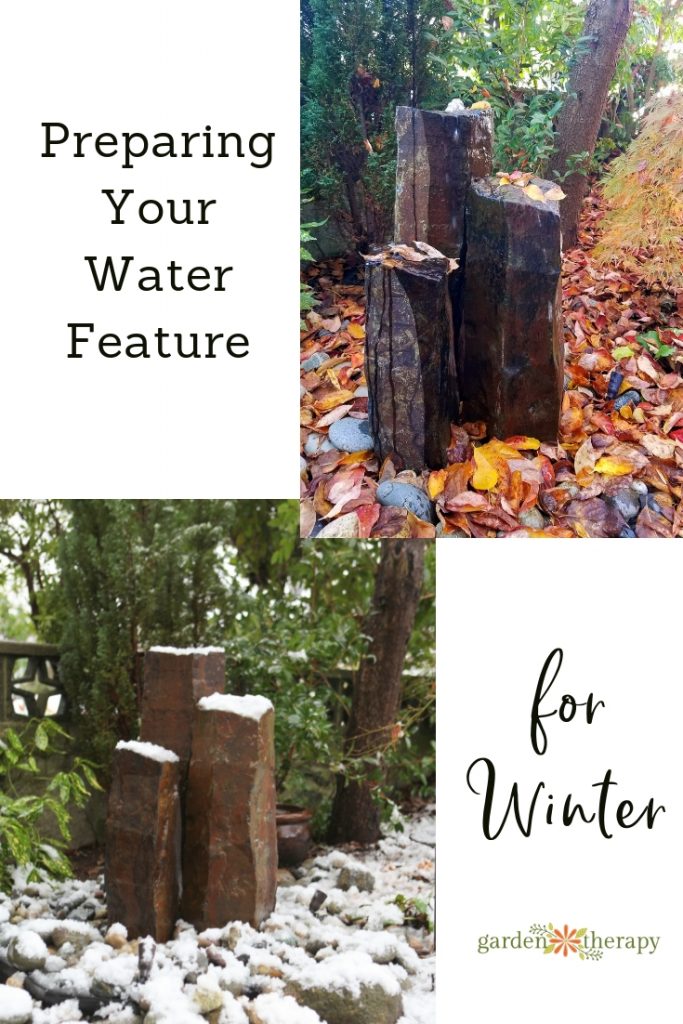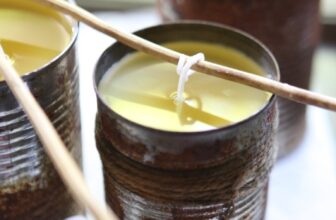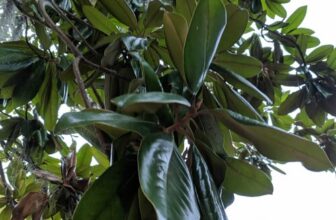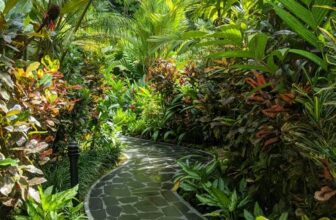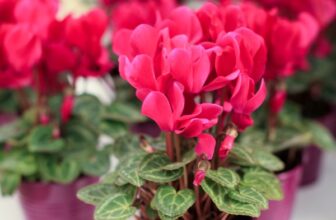It’s important to take proper care of your water feature, especially as winter approaches. Here is what I do with my water features in the winter, and some tips on how to easily winterize a fountain or pond so that you can continue to enjoy it for many seasons to come.
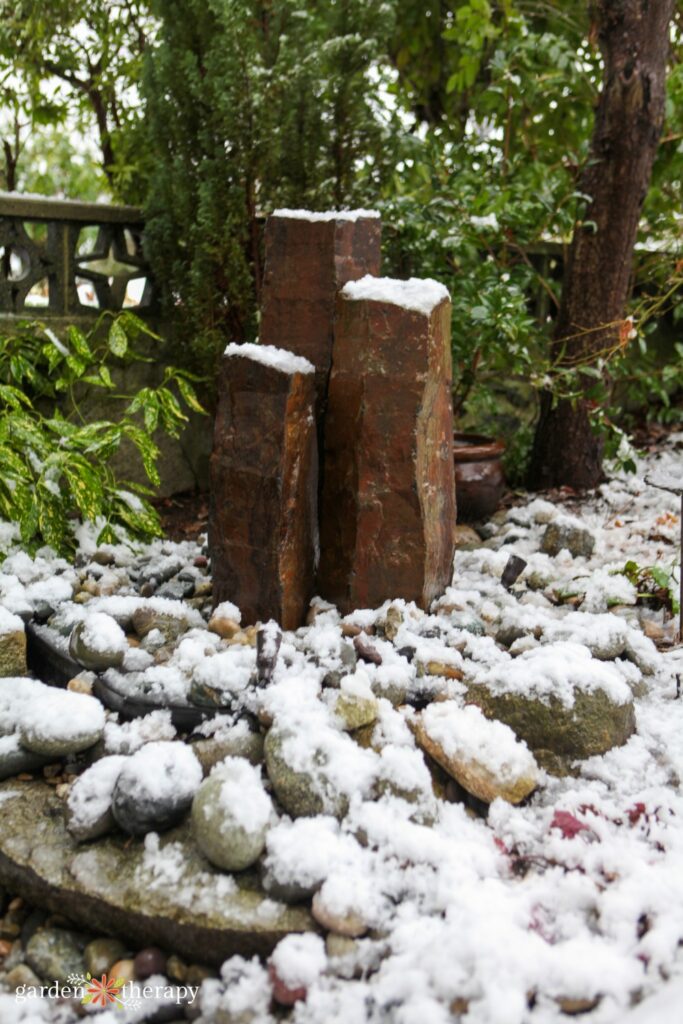
Water features are wonderful—they provide interesting colour and texture, a place for beneficial wildlife to cool off and have a drink, and the sound of running water is soothing to listen to.
I installed this Aquascape fountain a couple of years ago, along with my lion fountain below. And you can bet I have plans to add a water feature to my new house as well.
With just a little extra care in the fall, you can ensure that your fountain or pond will stay in tip-top shape for a long time to come. Plus, with some natural elements and a little imagination, you can decorate your fountain so that it is as eye-catching in winter as it is in the summer.
These are the steps you need to take to winterize a fountain or water feature.
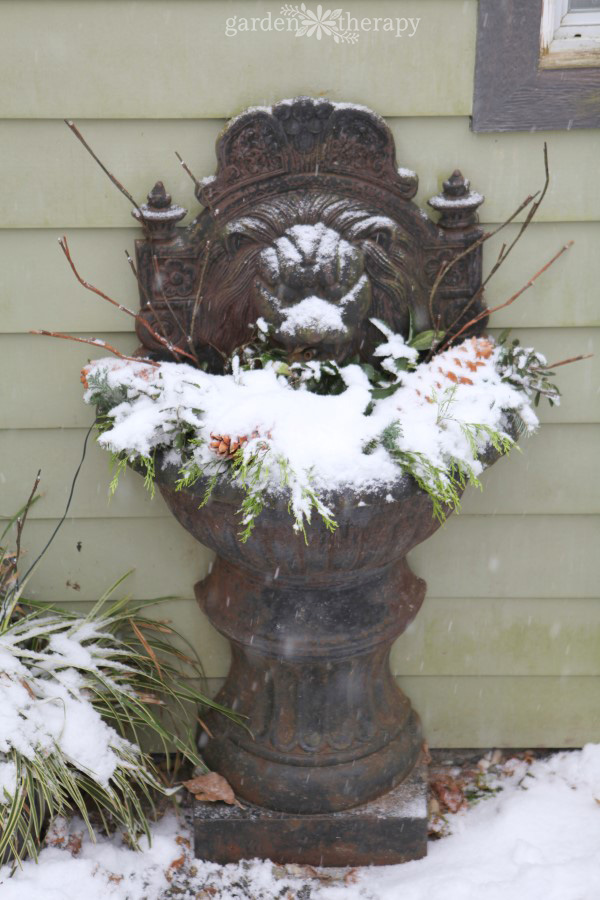
Clean it
Leaving the fallen autumn leaves in your yard instead of raking them up is a great way to benefit good insects and visiting birds, as well as to promote soil health, but you will want to clean up the leaves from the area surrounding your fountain or pond because they will get stuck and clog it up.
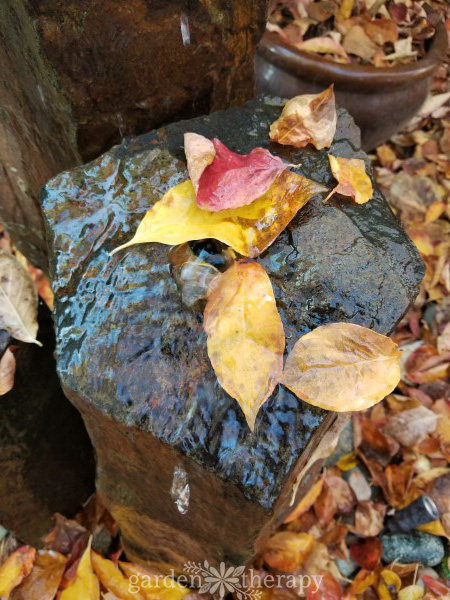
When you are ready to put your water feature to bed for the winter, remove debris and any dead plants. If there is a lot of plant material at the bottom of your pond, you can vacuum or rake it out.
If your water garden has a pump, make sure that you clean it before winter. To do this, begin by soaking the pump in a mixture of vinegar and water. After a few hours, take the pump out of the mixture and pump clean water through it until it runs clear.
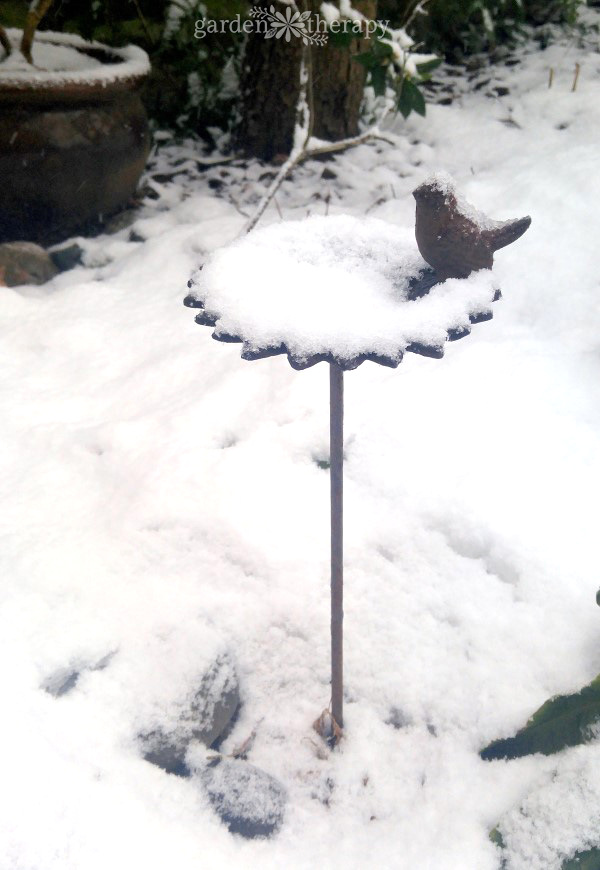
Prevent it from Freezing
Plants and fish require air, so if the surface of a pond freezes over completely, they will not survive. If your pond has been designed with your local climate in mind, it should be deep enough that it can continue working, with the pump on, all winter long without freezing.
Here is a chart that shows the depth that a pond needs to be to avoid freezing, based on how cold the winter temperatures get in your area.
If your pond is not deep enough and therefore prone to freezing, put it to bed for the season by taking out the pump and moving tender plants (and fish, if you have them) inside for the winter.
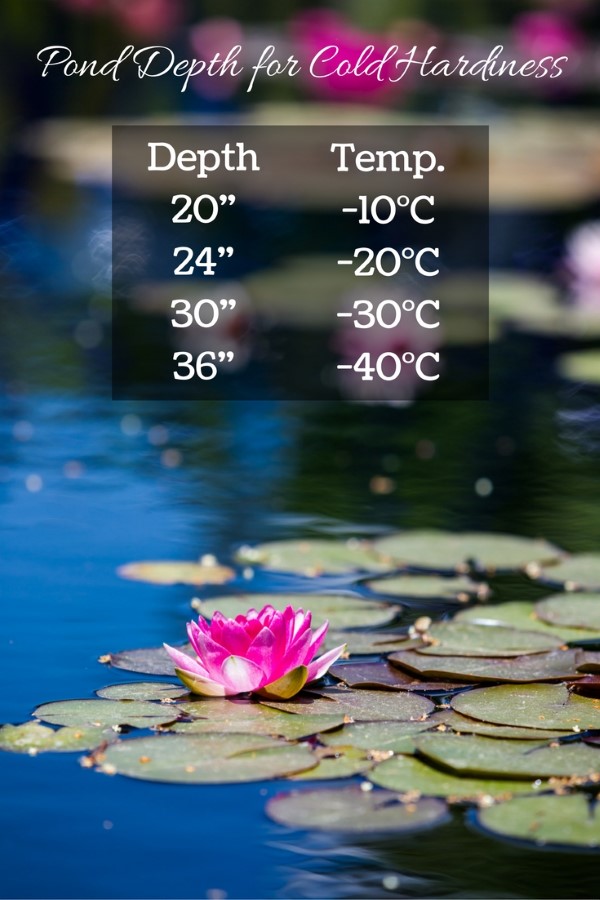
Care for Plants and Fish
If you have fish in your pond, they can overwinter in the pond as long as the pond has enough depth for them and does not freeze over. Please make sure that you are choosing the right fish for your climate as well.
In winter, the low temperatures will cause fishes’ metabolism to slow, which means they need less food. Switch to low-protein food and feed them less often than you would during other seasons (they will come up to the surface and let you know when they are hungry).
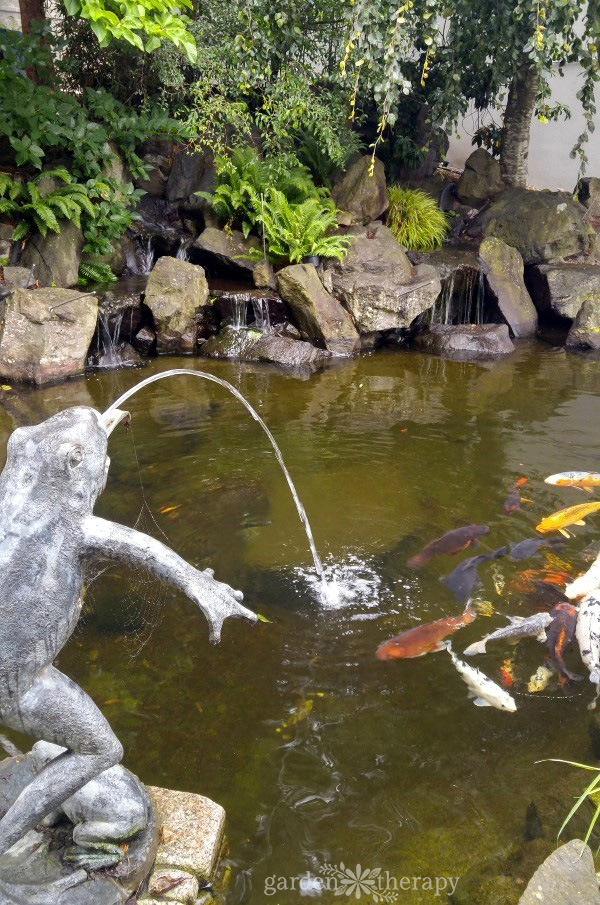
If you don’t already know, find out whether or not your aquatic plants are hardy. If they are hardy, you can cut them back and move them to the deepest part of the pond and leave them there over winter.
Tender tropical plants must be either replaced or moved indoors for the winter. I personally just have inexpensive annual water plants, which I compost in the fall and replace the following spring.

Empty It and Add Holiday Greens
If you think that your empty water fountain looks a bit sad during the winter, you can spruce it up by adding holiday greenery, pinecones, and anything else that gives it a festive feel. Head on over to this post to see how I made my lion fountain into a decorative winter feature.
The fountain looks great in the summer when it is planted with pond plants (you can see step-by-step instructions for planting a living fountain in my book Garden Made), and then it becomes a winter wonder when it gets an evergreen makeover each December.
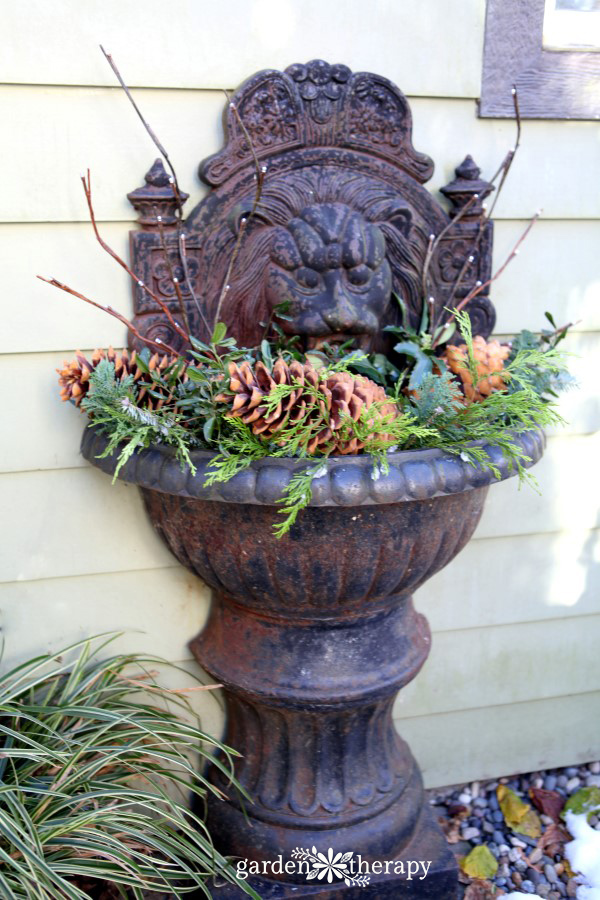
Bring it Indoors and Plant it
Another great way to turn a backyard fountain into a piece of stunning winter decor is to plant it! This succulent garden fountain looks amazing strung with tiny lights and strewn with reindeer moss, pinecones, and other natural elements.
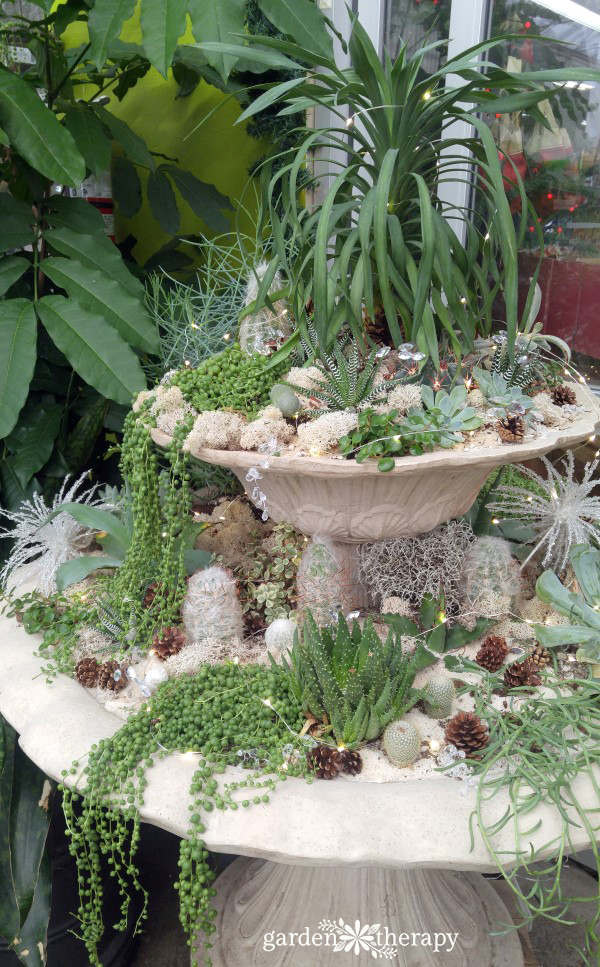
More Posts You Might Like
A city girl who learned to garden and it changed everything. Author, artist, Master Gardener. Better living through plants.

